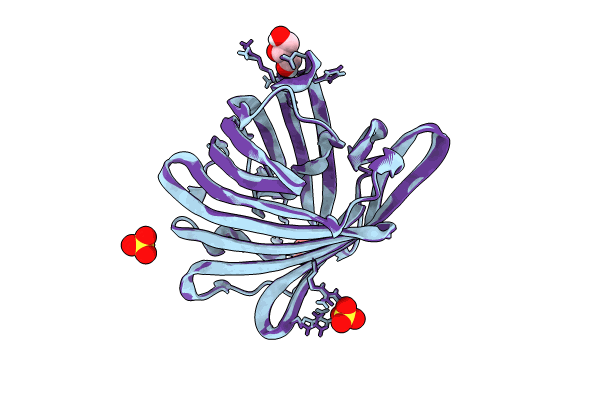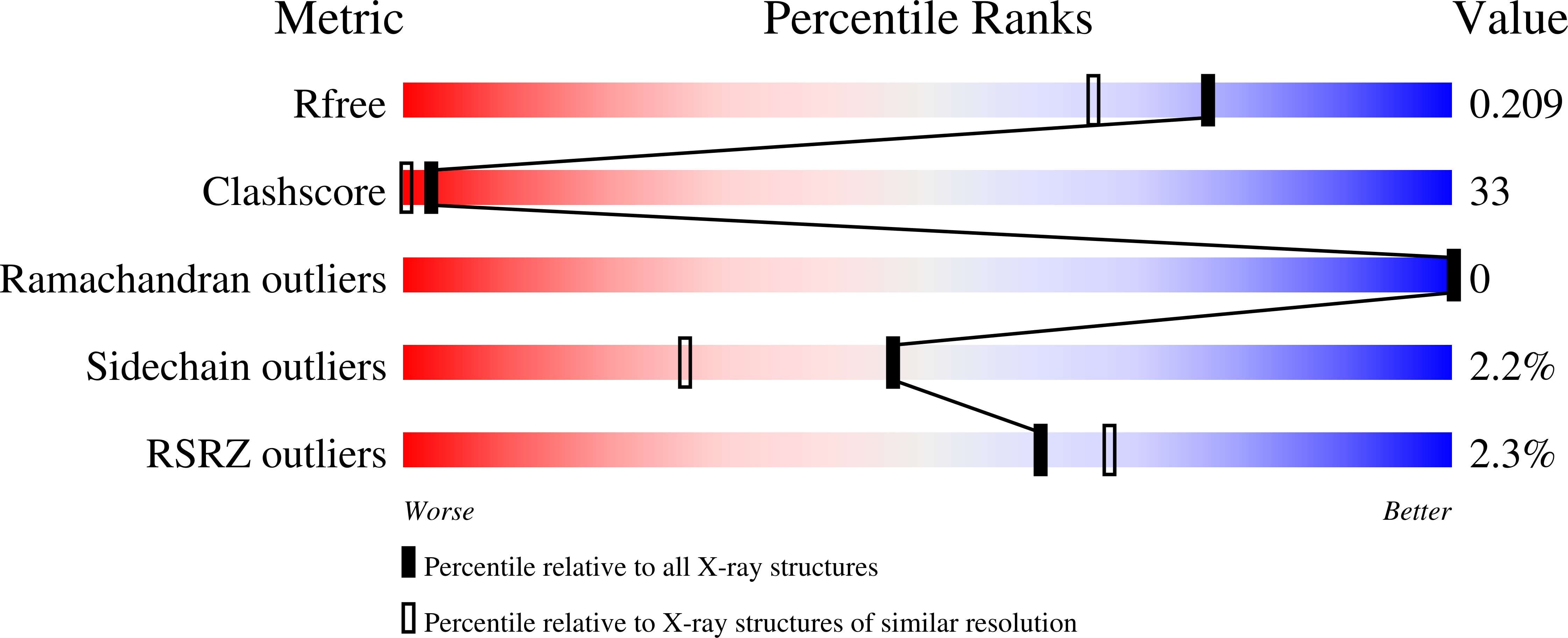
Deposition Date
2023-10-16
Release Date
2024-11-27
Last Version Date
2024-11-27
Entry Detail
PDB ID:
8UL3
Keywords:
Title:
Structure of rsKiiro using SSX after illumination with 1.78 mJ/mm^2 of 405 nm light
Biological Source:
Source Organism:
Lobophyllia hemprichii (Taxon ID: 46758)
Host Organism:
Method Details:
Experimental Method:
Resolution:
1.75 Å
R-Value Free:
0.20
R-Value Work:
0.16
Space Group:
P 21 21 21


